Exploring a city by bicycle offers a perspective that walking can’t match in scope and that driving misses intimacy. The perfect middle ground between these modes of transport, cycling lets travelers cover significant ground while remaining connected to their surroundings—feeling the subtle changes in neighborhoods, catching scents from local bakeries, and stopping on a whim when something catches their eye. Urban planners worldwide have increasingly recognized the value of bike-friendly infrastructure, transforming once car-dominated cities into pedaling paradises.
Here is a list of 16 cities where exploring on two wheels provides the perfect combination of exercise, sightseeing, and cultural immersion.
Copenhagen

Denmark’s capital stands as the gold standard for urban cycling, where bikes outnumber cars in the city center, and nearly half of all commuters pedal to work or school daily. The city features over 240 miles of separated bike lanes—many with their traffic signals—creating a network that makes cycling safer than in almost any other major city.
The famous Cykelslangen (Bicycle Snake) elevated bike bridge represents the city’s commitment to cycling infrastructure as public architecture, carrying riders over a waterfront shopping area with both functionality and style.
Amsterdam
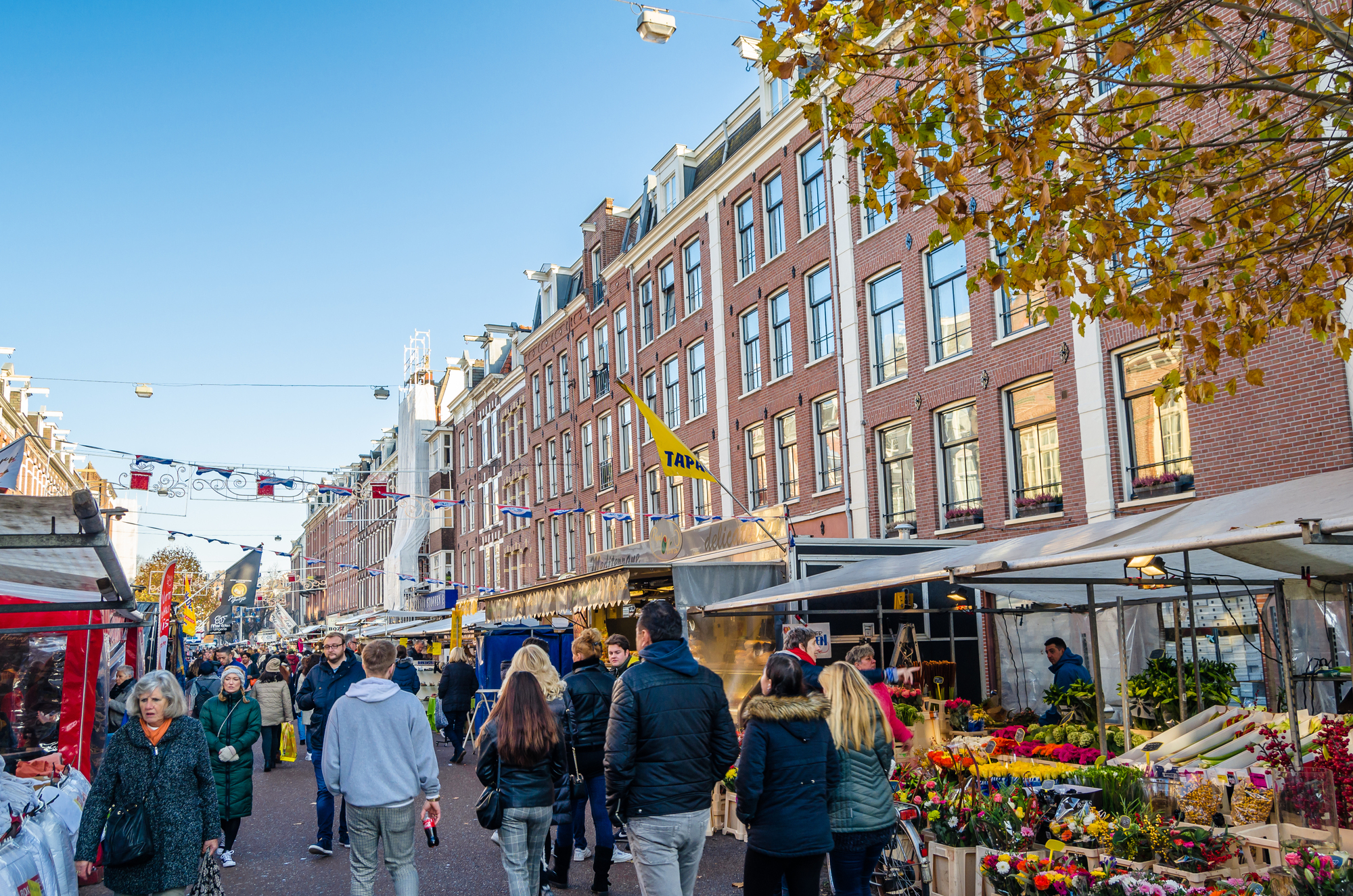
No list of cycling cities would be complete without mentioning the Dutch capital, where bicycles function as extensions of residents’ bodies rather than mere vehicles. The city boasts more bikes than people, with dedicated lanes throughout and specialized bike traffic lights creating a system where two wheels receive priority over four.
Multiple rental options make it easy for visitors to join the approximately 400,000 cyclists who traverse the city daily, cruising alongside picturesque canals and through the museum district at a pace that allows for frequent stops at cafés and attractions.
Like Travel Pug’s content? Follow us on MSN.
Portland

Oregon’s largest city earned its reputation as America’s cycling capital through decades of dedicated infrastructure development and a culture that embraces two-wheeled transport regardless of weather. The city’s extensive network includes neighborhood greenways—residential streets optimized for cycling—and the Tilikum Crossing bridge, which accommodates cyclists, pedestrians, and public transit but prohibits private automobiles.
Summer brings massive group rides like the World Naked Bike Ride and weekly Pedalpalooza events, turning cycling from mere transportation into a community celebration.
Strasbourg

This French city near the German border combines old-world charm with forward-thinking transportation policy, creating perhaps continental Europe’s most bike-friendly environment outside the Netherlands. The historic center—a UNESCO World Heritage site—restricts car access but welcomes cyclists through its medieval streets and across its many canals.
The city’s Vélhop bike share system provides both short-term rentals and longer-term options, while a comprehensive network of paths connects surrounding villages and countryside, allowing for excursions into the famous Alsatian wine region.
Kyoto

Japan’s ancient capital offers a uniquely contemplative cycling experience, with relatively flat terrain and numerous designated cycling paths running alongside canals and through historic districts. Renting a bicycle provides the perfect solution for visiting the city’s widely dispersed temples and shrines, many of which sit beyond comfortable walking distance from public transportation.
The scenic Kamo River path runs north-south through the city, providing a central cycling artery with mountain views and numerous bridge crossings that connect eastern and western neighborhoods.
Like Travel Pug’s content? Follow us on MSN.
Montreal
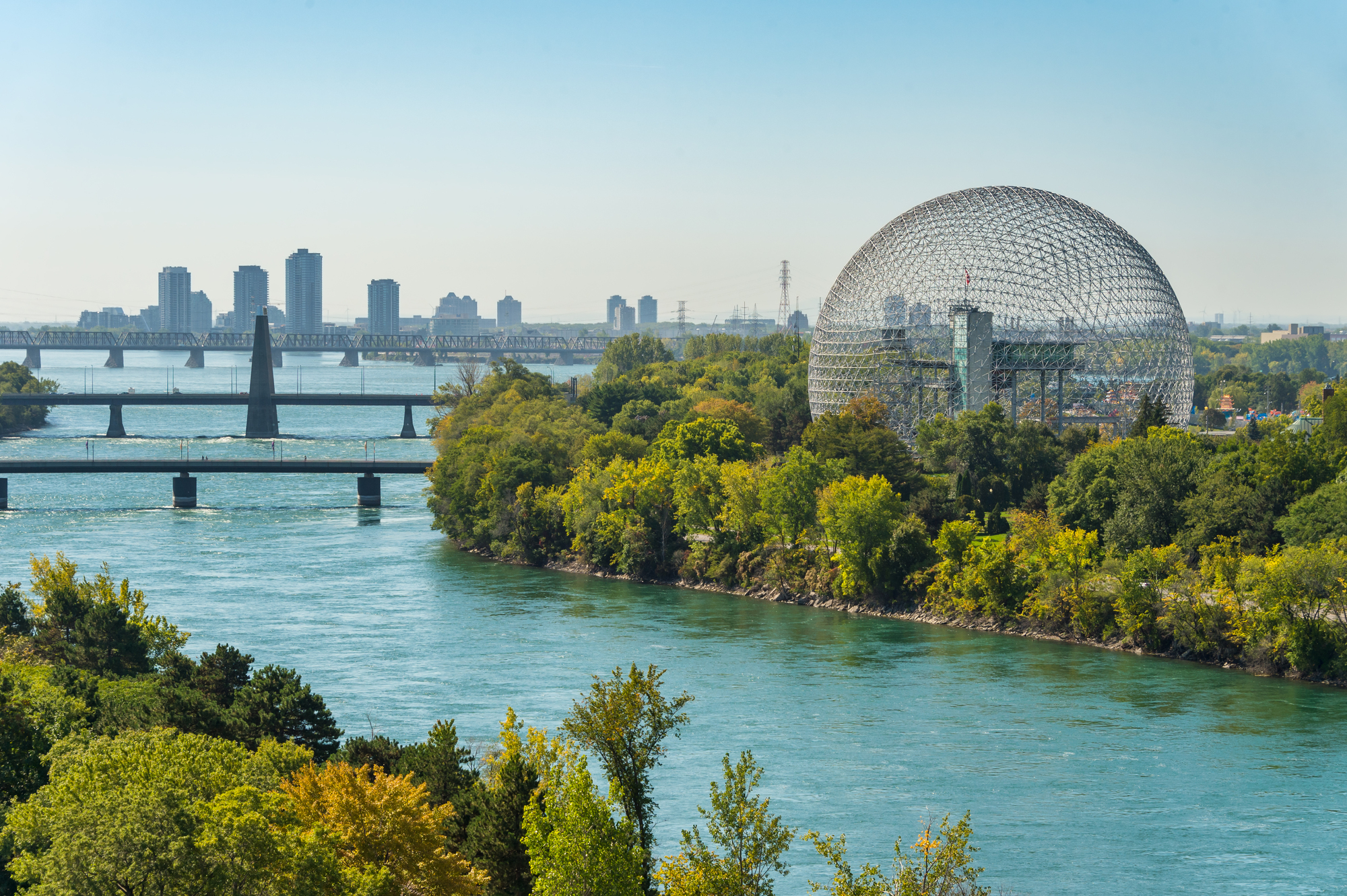
Despite harsh winters, this Canadian city has developed one of North America’s most impressive cycling networks, including the innovative Réseau Express Vélo—protected bike lanes that receive snow-clearing priority during winter months. The island city offers extensive waterfront trails and was among the first in North America to implement a large-scale bike share program.
During summer, the weekly Tour la Nuit event closes major streets for a nighttime cycling festival that attracts thousands of participants with decorated bikes and costumes—turning transportation into a theatrical procession.
Bogotá

Colombia’s sprawling capital might seem an unlikely cycling haven, but its Ciclovía program—which closes over 70 miles of main streets to motor vehicles every Sunday—has become a model emulated worldwide. Beyond this weekly celebration, the city maintains over 300 miles of protected bikeways used by more than 800,000 daily riders.
The high-altitude Andean city couples this infrastructure with year-round spring-like temperatures, creating conditions where cycling becomes both practical transportation and pleasant recreation that crosses economic classes.
Berlin
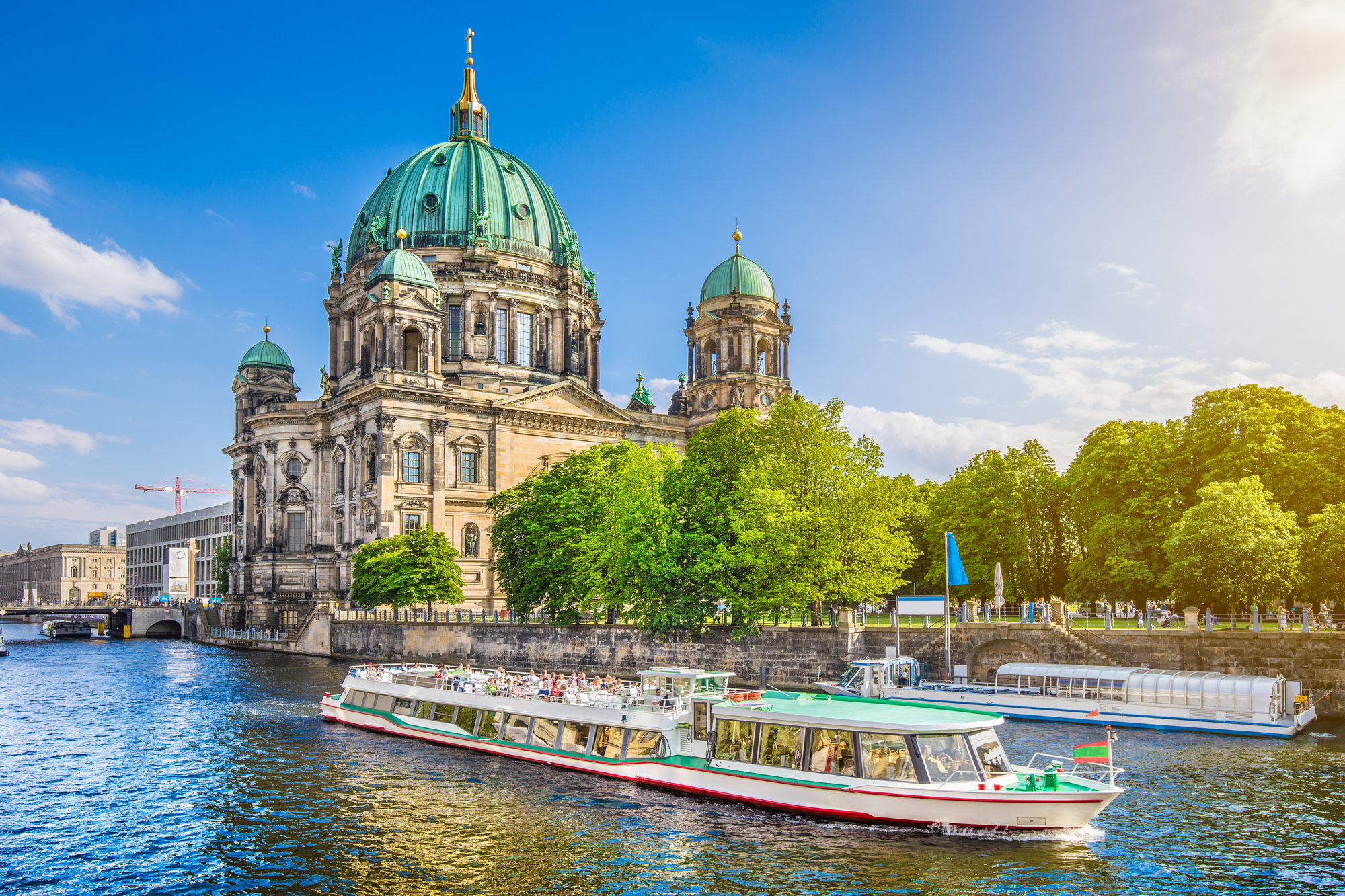
Germany’s capital emerged from decades of division to become one of Europe’s most bike-friendly metropolises, where cycling accounts for approximately 18% of all traffic. Wide streets left over from various historical rebuilding efforts provided ample space for the city to implement extensive bike infrastructure.
The massive Tiergarten park offers car-free cycling through urban greenery, while the path along the former Berlin Wall provides a cycling history lesson spanning 8 miles through the city’s core, passing numerous memorials and the East Side Gallery’s preserved wall art.
Like Travel Pug’s content? Follow us on MSN.
Barcelona

The Catalan capital’s investment in cycling infrastructure has transformed narrow medieval streets and grand 19th-century boulevards alike into spaces where bicycles move freely. The city’s compact size makes cycling particularly effective, with most attractions within a 30-minute ride of each other.
The seaside cycling path runs the length of the city’s Mediterranean beaches, providing stunning coastal views and access to numerous beachfront cafés where riders can pause for refreshments. The Bicing bike share system, while primarily designed for residents, complements numerous rental options available to visitors.
Melbourne
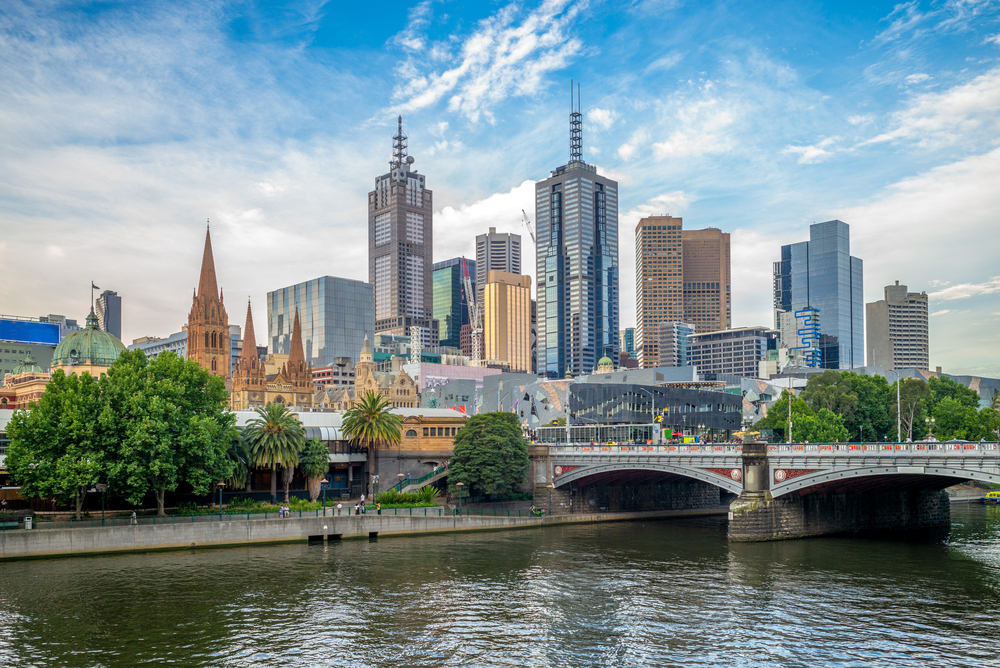
Australia’s cultural capital boasts over 85 miles of bicycle paths, including the Capital City Trail—an 18-mile loop connecting major parks and attractions. The city’s relatively flat terrain makes cycling accessible regardless of fitness level, while its famous tram network provides backup for longer journeys or sudden weather changes.
Guided tours often focus on Melbourne’s renowned street art, using bicycles to cover multiple neighborhoods and hidden laneways that larger tour vehicles can’t access, providing an insider’s view of the city’s creative pulse.
Seville
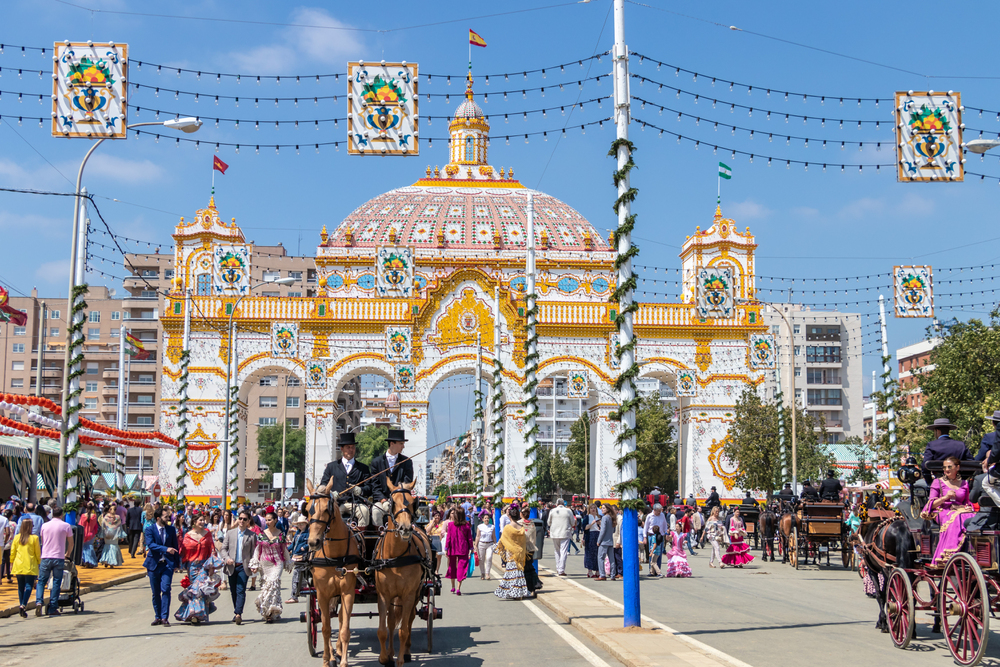
This southern Spanish city achieved one of urban planning’s most remarkable transformations by implementing a comprehensive bike network practically overnight. Between 2006 and 2011, cycling rates increased tenfold after the installation of approximately 50 miles of protected bike lanes and the implementation of the Sevici bike-sharing system.
The compact historic center—with its narrow streets and numerous pedestrian zones—creates natural traffic calming, while dedicated paths along the Guadalquivir River provide scenic routes connecting multiple historic sites and modern architectural wonders like the mushroom-shaped Metropol Parasol.
Like Travel Pug’s content? Follow us on MSN.
Vienna

Austria’s imperial capital balances historic preservation with modern mobility, creating a cycling environment where riders pass Habsburg palaces and contemporary architecture within minutes of each other. The city completed the Ringstrasse path around the historic center, creating a cycling-friendly loop connecting major museums and attractions.
The island park in the middle of the Danube, Donauinsel, offers 12 miles of car-free riding with scenic water views, while the Wiental cycle path follows the Wien River through the city, providing a relatively flat route through hilly sections.
Minneapolis

This midwestern city proved that winter weather needn’t prevent excellent cycling infrastructure, with its extensive network of off-street trails and 18 miles of on-street protected bikeways. The Midtown Greenway runs through the heart of the city along a former railway corridor, providing a cycling expressway that avoids street crossings through underpasses and bridges.
The extensive chain of lakes in the city’s western neighborhoods connects via dedicated paths, creating scenic loops where cyclists can enjoy urban wilderness views minutes from downtown skyscrapers.
Tokyo
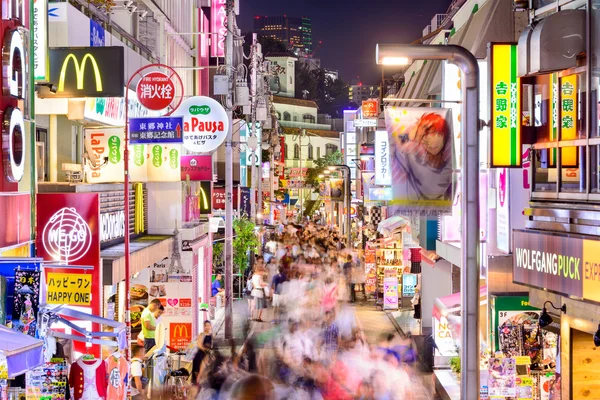
Japan’s massive capital might seem intimidating for cyclists, but neighborhoods beyond the central business districts offer surprisingly calm cycling environments with wide sidewalks often shared by bikes and pedestrians. The Tamako Cycling Road follows a 12-mile route around Lake Tama in western Tokyo, offering a day trip through suburbs and parks.
Multiple bike share systems now operate throughout the city, with dockless options particularly popular in recent years, allowing visitors to explore residential areas featuring Tokyo’s famous tiny restaurants and shops clustered around train stations.
Taipei

Taiwan’s capital transformed its transportation ecosystem by implementing the YouBike sharing system alongside significant infrastructure improvements, turning cycling from a marginal activity to a mainstream transportation option. The extensive network along the city’s river parks provides flat, scenic routes through an otherwise hilly and dense urban environment.
The city transformed a former railroad into the popular Songshan Cultural Park, connecting sections of the city while preserving industrial heritage—similar to New York’s High Line but designed with cyclists specifically in mind.
Davis

This small California city earns its place among much larger urban centers through its comprehensive commitment to cycling—it was the first American city to implement dedicated bike lanes in the 1960s. Home to the U.S. Bicycling Hall of Fame, nearly a quarter of residents commute by bike on the city’s network of greenbelts and protected lanes.
The compact university town design means most destinations sit within a 15-minute ride, while the surrounding agricultural landscape provides scenic road cycling opportunities through farms and orchards—combining urban convenience with rural beauty.
Pedal-Powered Perspectives

Whether navigating ancient streets in Kyoto, cruising along Copenhagen’s harbor, or joining thousands of weekend riders on Bogotá’s car-free Sundays, experiencing a city by bicycle creates memories that other modes of transportation simply cannot match. The unique pace of cycling—faster than walking but slower than driving—puts travelers in sync with urban rhythms while covering enough ground to appreciate how neighborhoods connect and transition.
The growing global movement toward sustainable urban transportation continues transforming cities worldwide, with each year bringing new cycling infrastructure and bike-sharing programs that make two-wheeled exploration increasingly accessible. For travelers seeking authentic connections with their destinations, these sixteen cities offer perfect starting points for adventures where the journey becomes as meaningful as the destinations themselves.
More from Travel Pug

- Cities Growing so Fast You Won’t Recognize Them in 10 Years
- 13 Destinations Where Tourists Regularly Regret Their Trip
- 16 U.S. Cities That Are Quietly Becoming Travel Hotspots
- Where to Travel If You Love Long Bus Rides and Daydreams
- 20 Cities Perfect for Solo Travelers Who Crave Adventure & Culture
Like Travel Pug’s content? Follow us on MSN.
